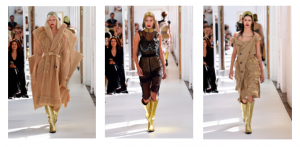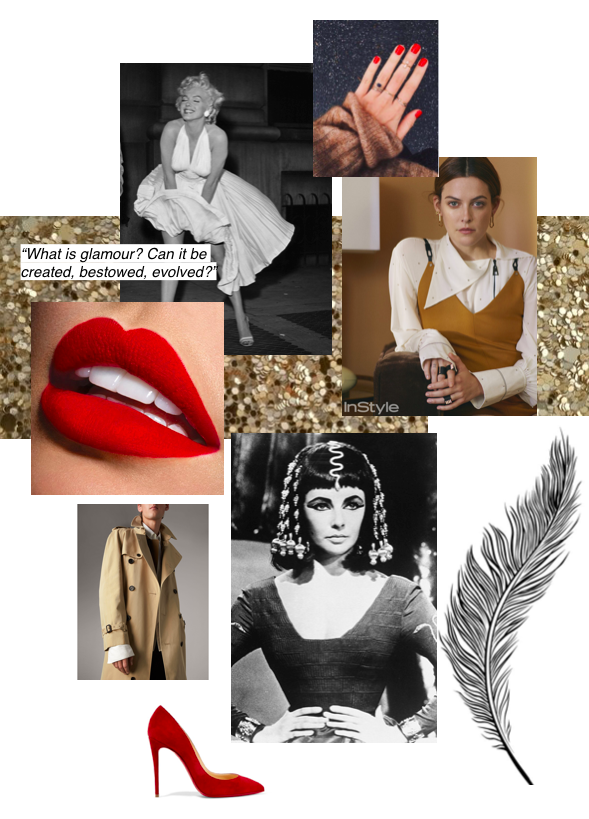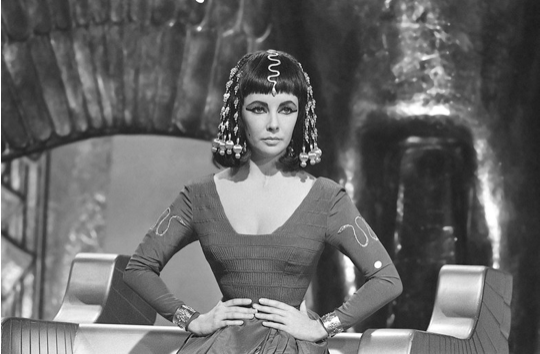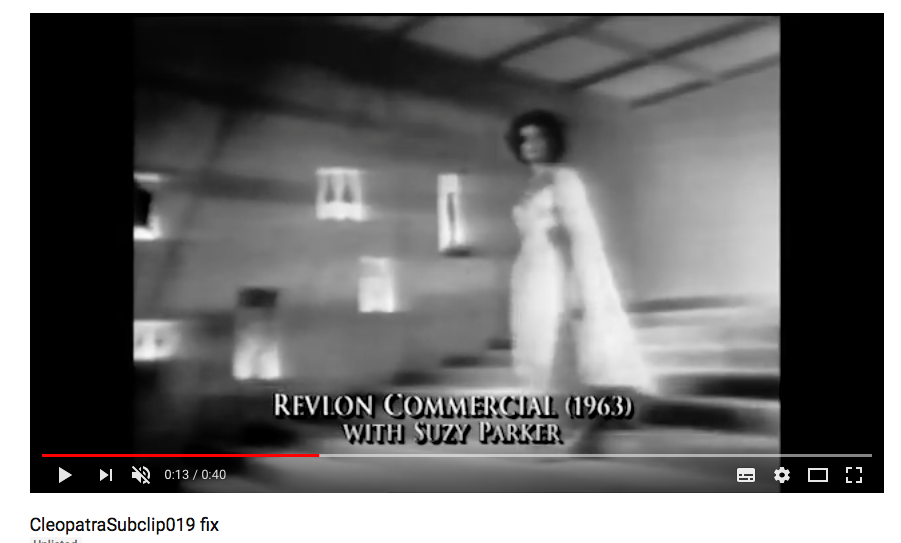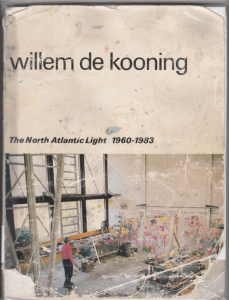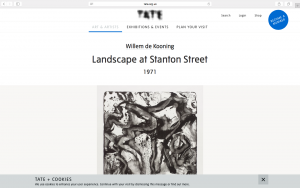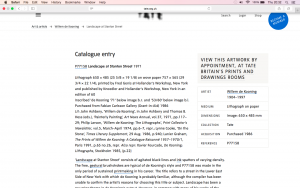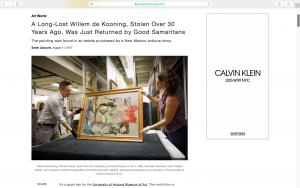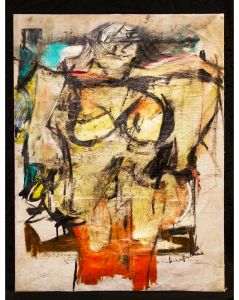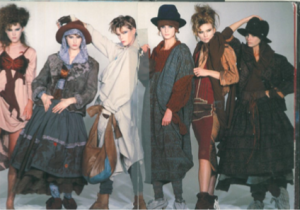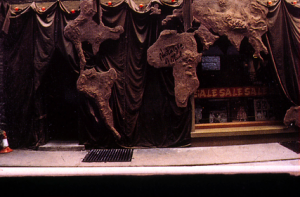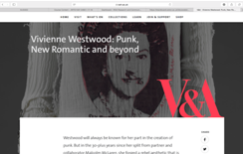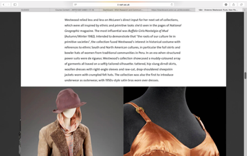Overall I have enjoyed this module of research and communication, it has taught me the key skills I need to carry out successful research at university level. The course has worked alongside my practical work, improving my research with each project.
Task 1&2 forced me to begin research from a book, rather than online, which is my usual starting point. I found starting research from a book more engaging and arguably easier as it was more of a visual process. This task coincided with the beginning of my first practical project, utilising research skills from this first task defiantly benefitted the research I conducted during the project, providing me with a wider range of starting points, taking my practical project in a different direction than I had perhaps initially thought.
I did not find the second task as engaging as the first. I enjoyed the lecture on plagiarism, but found the task quite similar to the first. However I do understand that learning how to correctly reference books, newspaper articles and webpages is very important, and found this skill crucial to completing the majority of the other tasks within this module. I am used to footnoting, so initially the Harvard referencing system seemed complicated, yet I found when put into often it became much simpler.
I really enjoyed task 5&6, exploring the inspirations behind designers collections proved very interesting, I don’t think I really understood the volume of research involved in created a collection or the wide range of sources utilised by designers before completing the task. This again made me reconsider my own research, the designer I looked at pulled inspirations from a variety of sources, some related, some contrasting, where as I had just been carrying out more straightforward research. It made me consider using a greater range of sources in my research when starting a project, and to not be afraid to throw together completely contrasting concepts to create a unique project.
The reflective writing task was the task I found most difficult. This was mainly due to the academic texts; I found them difficult to read, which lead to a certain level of procrastination. However, once I had read and understood my chosen text I found it easy to form a response as there were many points within the text that could be argued. I liked being able to offer my own opinion upon the text, and exploring a counter argument to a point allowed me to research various different sources and statistics. If I were to complete this task again I would work harder on my time management, as putting the task off only created personal stress, yet when I completed the task I found it really not that difficult.
The task regarding ethics within fashion advertisements was extremely interesting; the level of ethical issues within current advertisements was actually quite shocking. I chose to look at the American Apparel advert, it was interesting to analyse the composition of the image and further research other American Apparel advertising campaigns and read other responses to these. It definitely made me reconsider artistic license and whether there should be greater regulation within the advertising industry to stop the continued sexualisation of women and girls.
I’ve found this module interesting and engaging. I understand the importance of completing all the tasks to allow us to have the skills we need to write at an improved level. I feel like I’m now able to carry out thorough research from a variety of different sources compared to past studies.


